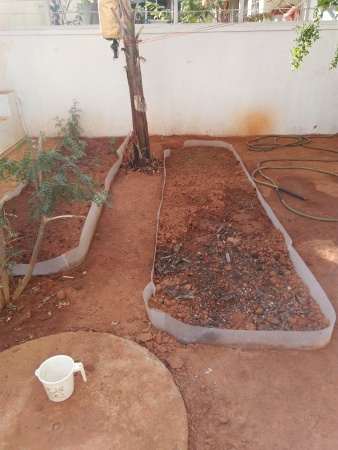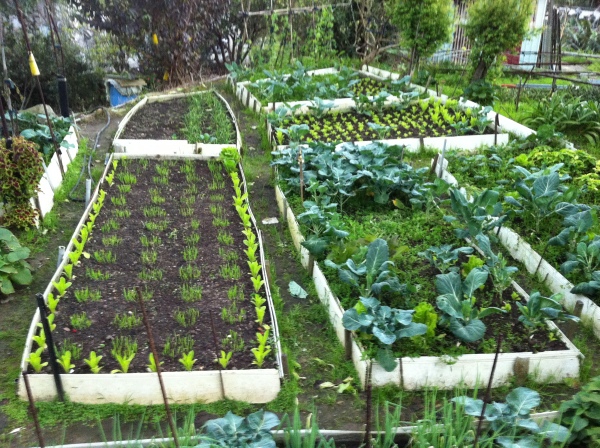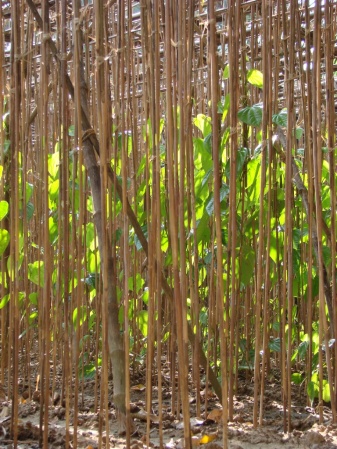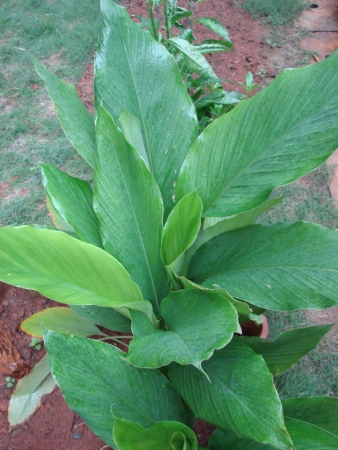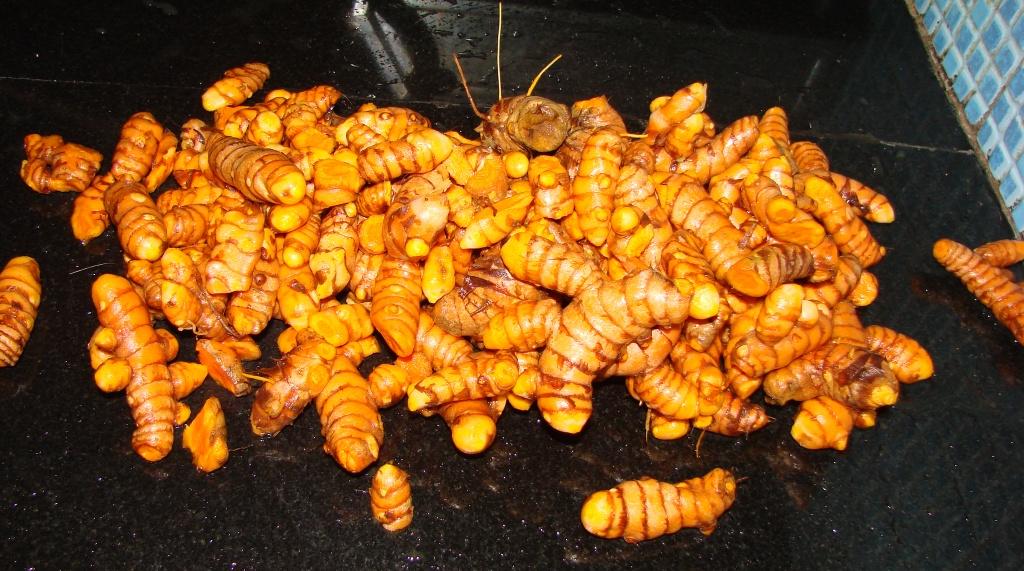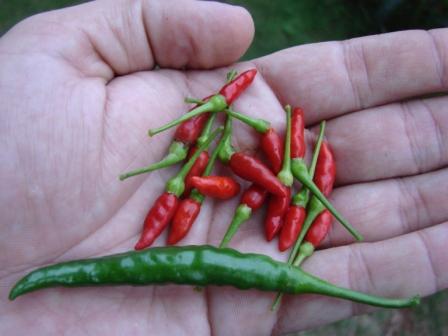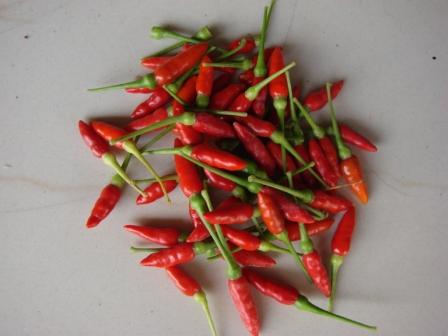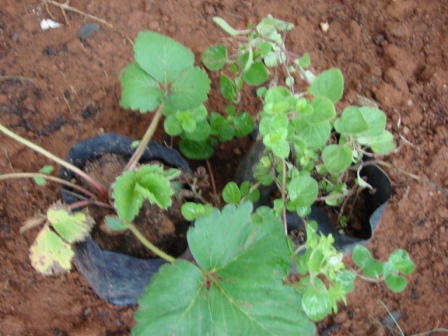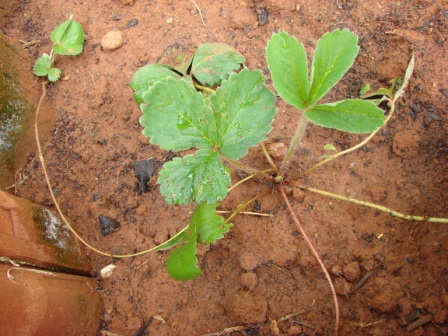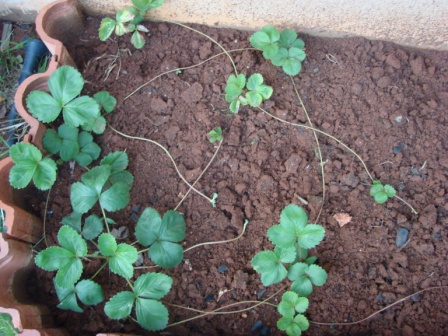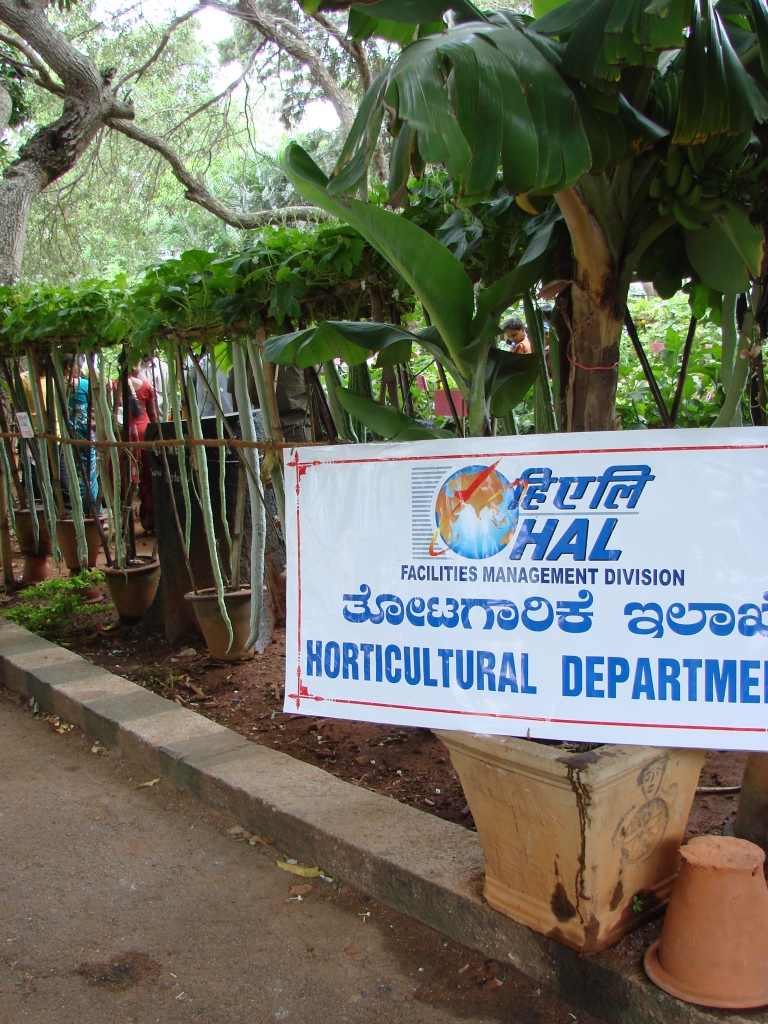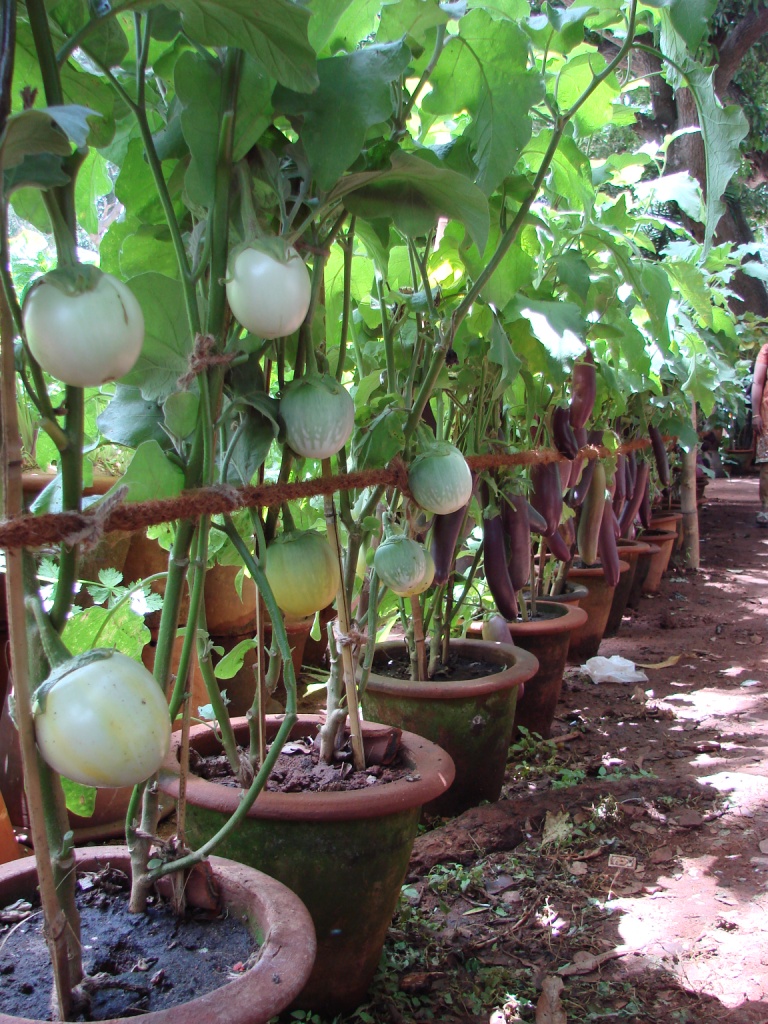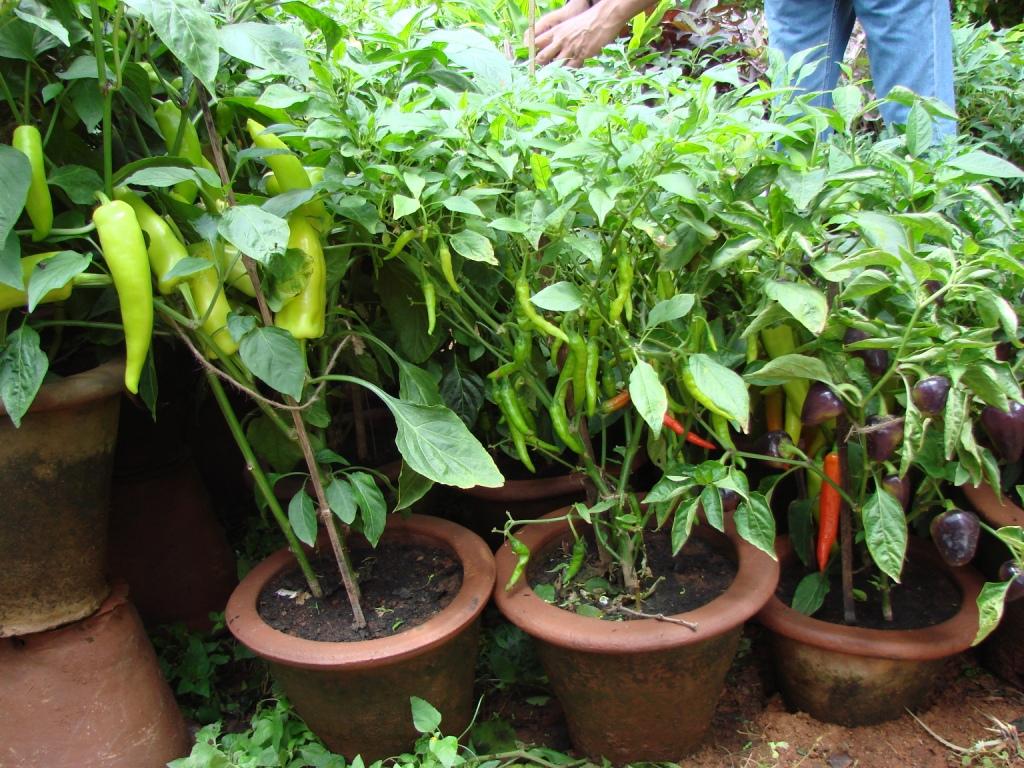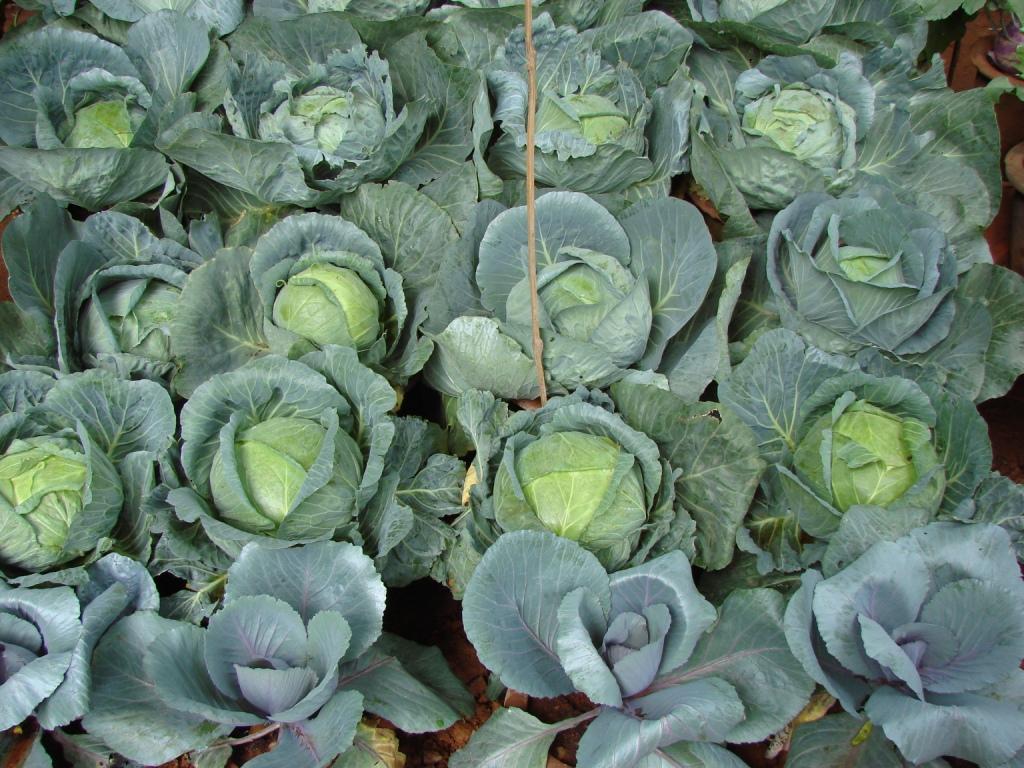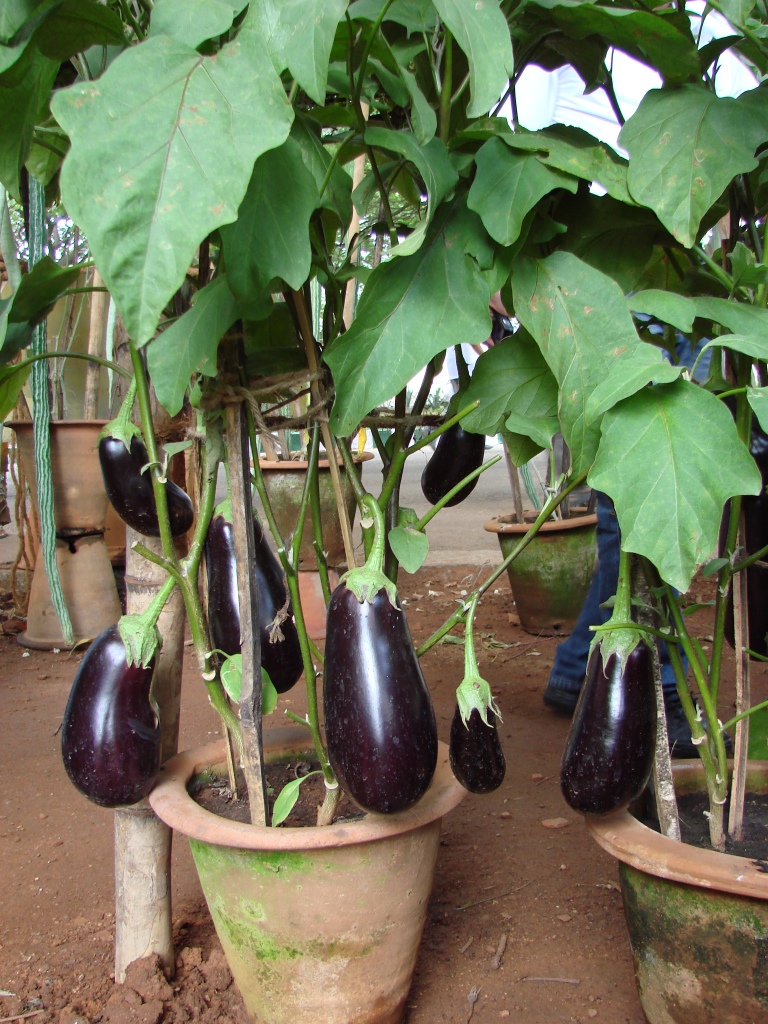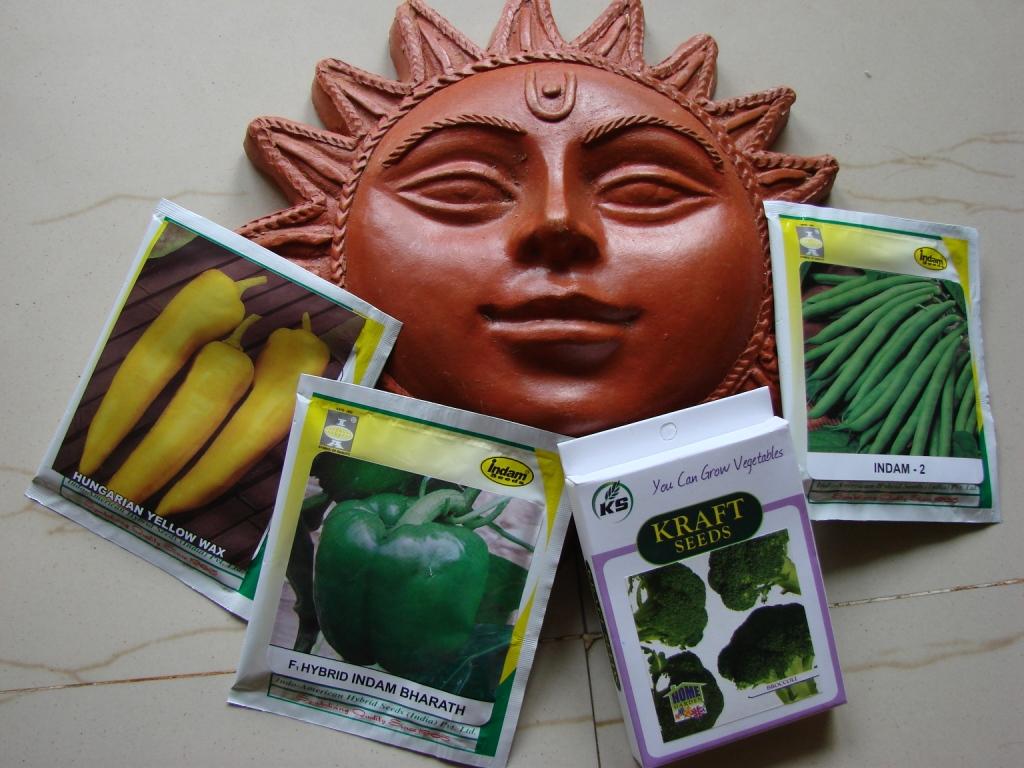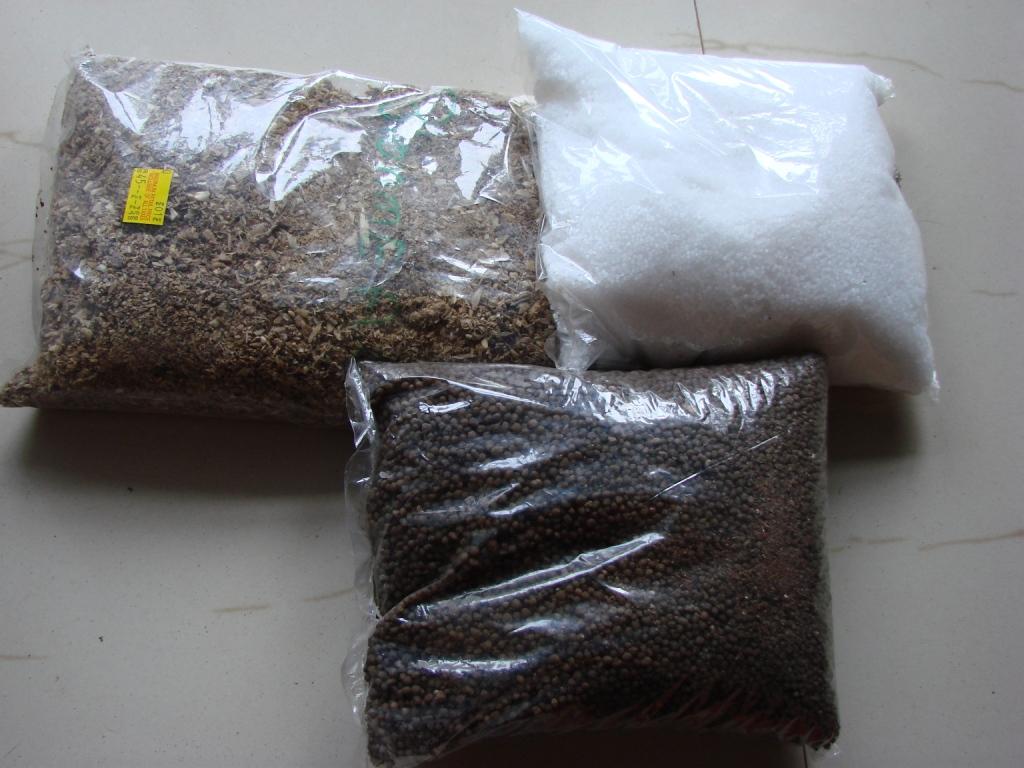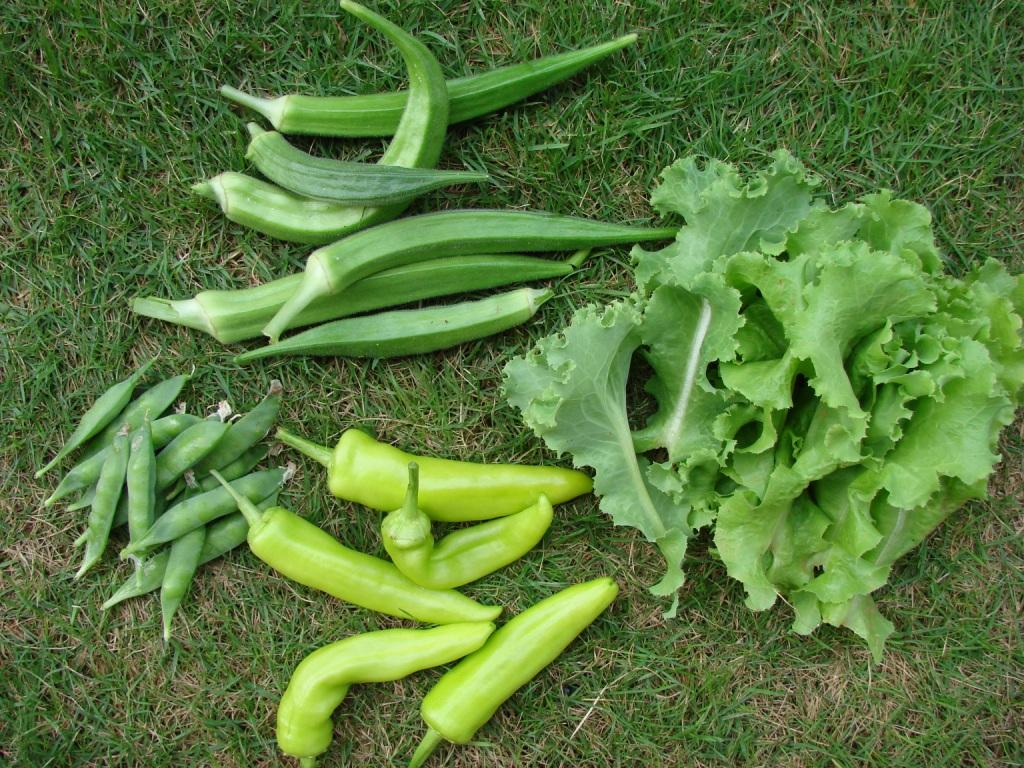
This has to be one of the most common problem faced by gardeners – How to take care of the watering needs of the garden while travelling out of station.
1 or 2 days travel days is still ok, plants can manage, but when one is travelling for over a week and has to leave the plants either on the mercy of rain gods (if the plants are in open to sky position) or some one else’s mercy then half the fun of travel is killed by worrying about the plants.
So, i thought of setting up a drip irrigation system to take care of my plants for my upcoming travel and here I’ll share the learnings from the whole exercise for my readers.
I was keen on exploring 2 optoins:
1. Set up a motor controlled by a timer and connected to a tap, which operates (switches on and off) at pre-determined times and connect the garden with pipes from there.
2. Set up a drip system where the input is directly from my tap and the tap is kept running continuously (probably 10% open) but drip system takes care to release a very a low and controlled amount of water to the plants.
After lot of deliberation I selected the 2nd option mainly because it was cheaper (no motor & timer cost), less complicated and doesn’t involve use of electricity. The only negative i could think of against the 2nd option was it should might waste more water and also the risk of over watering the plants. Remember – over watering is equally or even more dangerous than less watering.
The exercise started with a trip to the KR Market,Bangalore with plenty of time in hand (started early morning around 9). KR Market can look very chaotic and intimidating for someone who is not very familiar with the structure in which it operates. But once you know how to navigate it, it’s really the best place to shop for such ‘Do It Yourself’ – DIY projects in Bangalore. Basically every category of stuff is available in a particular section (street?) of the market, be it machine tools, electrical stuff, pipes, etc etc… One just needs to first navigate to the right street and after that its really a cakewalk. Typically there are number of shops offering the same kind of stuff in any particular street and the prices are mostly at wholesale level. Unfortunately the streets are not clearly marked with Main,Cross numbers like in the city and hence most of the direction are given by locals in terms of 2-3 streets after/before such and such place. So, i’ll stick to the same method. The street that we are discussing here is very close to the Juma Masjid. If you consider standing on the SJP road with Masjid to your left side then the street will come to your right. Take a right turn there and navigate your way through maze asking local shop keepers about drip irrigation shops and you should reach at the right place.
All the shops there have more or less similar pricing vis-a-vis quality of goods. But it’s always advisable to do your homework well before you reach there for buying stuff as you read in a little while.
Drip Irrigation Material Required
==================
Before that let’s start with the components that were required to make the drip system work for my garden:
1. A connector from the tap to main pipe line of the drip system. This will depend on the kind of pipe you have as input. So, it’s better to take a measurement of the pipe with you.
2. Main pipe line –
This is like the backbone of the drip system. It will be required to be laid through out the garden where one needs water to reach. It’s available in 3 sizes – 10mm, 12mm, 16mm. I chose the 12mm as it looked reasonably wide for my garden size and was priced ok. It cost me Rs. 3.75 per meter. so, it makes sense to measure the size of pipe you will require for your garden before going shopping. It will depend on the layout of ones garden and where the main pipe is etc.. Just for convenience sake keep the measurement handy in units of meter (a meter is roughly equal to 3 ft.) The first pipe in the pic below is of main pipe.

3. Vein Pipe –
These are very thin (2mm ?) in size and will be plugged in to the main line via a connector. One end of the vein will be connected to the main pipe via connector and the other end will be attached to the dripper/emitter which will drip water on the plant. Second pipe in the pic above is that of vein pipe.
Dripper, vein pipe and connector can be attached simply by pressing by hand and its really simple and easy.
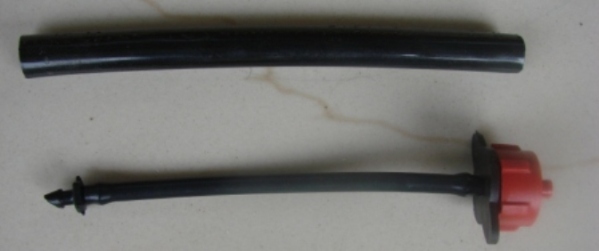
4. Dripper/Emitter and the connector.
In the first picture above, to the left of the vein pipe is the connector and to the right is the dripper. Here is a closer broken down look of the dripper
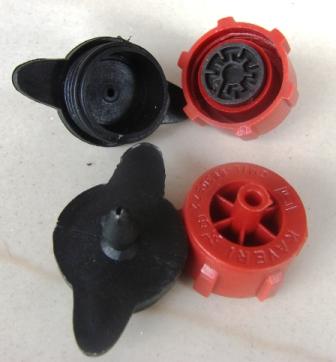
5. Bends, Joints and End connector.
Although the pipe is flexible enough to bend, once you bend it without the help of proper joints/bends the free water flow will get affected and it will be difficult for the water to travel after the first 1-2 joints. So, it’s always better to use the proper joints. Basically there are 2 kinds of joints T and L. The end connector is just like a tap with a valve on it which allows to open/close the water flow. For end points i.e., points where the main pipe will end one can put the end connector with the valve closed.
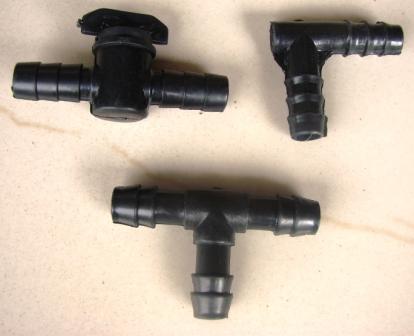
5. Joining the Main pipe to the vein pipe and dripper.
Make a small hole in the main pipe with the help of a small nail or a small prick (forgot the exact name but you get a pricker too in the market) . Now push the connector into the small hole in the main pipe in the main pipe and you are done.
Something like this.

That is pretty much the material one will require to get going.
Process to setup Drip System
=================
So, let me share the steps I followed in setting it up.
First i laid the main pipe all along the path in which my plants are there including all my tiled veggie patches and pots. I took care to ensure that my tap is at a height above the main line of drip pipe just to ensure free flow of water even at less pressure.
The first step took me roughly 3 hours to set up. But the good thing is once this setup is done the rest can be done at leisure. In fact the only thing pending after this step is to connect the vein pipe and dripper to the main pipe at the right places. This can be done one pot at a time in leisure time. For each of the veggie patch i have kept 3-4 dripper depending on the size of the patch.
Now the bouncer. I started with an impression that that after setting this up i can just leave the tap open and my plants will be all set. The drippers will take care of watering the just necessary quantity of water to my plants. Unfortunately it didn’t work out that way. When i left the tap open at full flow, within an hour my whole garden and pots got flooded. So, the dripper themselves are not capable of ensuring the right amount of water for the plants. After lot of tweaking and testing i finally realized that if I keep the tap open at just 10% of its flow it works just fine giving just about enough water for the plants to survive.
This is important as i also have to take into account days when it might rain and further watering can lead to over-watering and rot the plants. so, it’s ok if i err a little on the less side. Plants will still be alive.
Here is the system in operation on my baby corn (or is only corn ?) plants
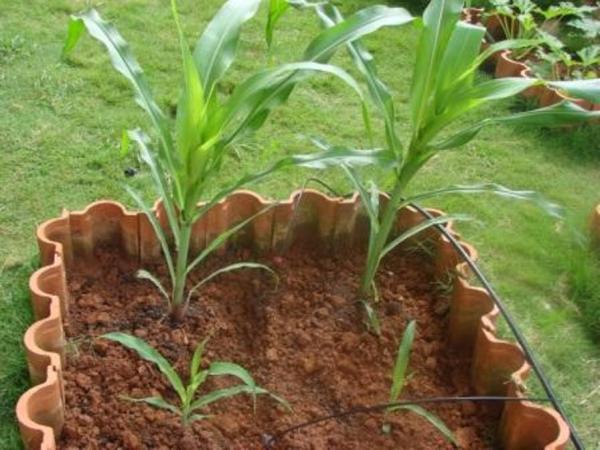
Here on the tomato plants in pots

Its been under testing for over 10 days now and seems to be working just fine.
Finally let me share my experience of shopping for these items in the KR market. The first shop i went to, me and the shopkeeper had a long chat and we discussed a lot of things about drip system . I figure it didn’t take him long to realize am a novice in this and he has got his bakra for the day. So, the shop-keeper was ready to sell me the all the stuff required for Rs. 1800/-. Though he wasn’t quoting a very high a price he was actually mis-calculating my quantity needs. He was trying to sell me the 300 mt (one full unit) of main pipe at 6 rs per meter and the rest of stuff was free with that. Then the second shop i went to, again we had a long discussion and this time the shop-keeper was trying to grossly over-price everything and bill came to 2400/- for just 150 mtr of main pipe and rest of the stuff.
The third shop i went to i knew exactly what i wanted and bought 130 meters of main pipe 20 meters of vein pipe and rest everything (joints,bends etc..) was priced around 1 rs per piece and the total bill came to just Rs. 570/-. So, the point is it pays to do your homework before going to buy anything even if it’s wholesale market. Go ahead and set up a drip for your garden and travel without worries about your plants 🙂
